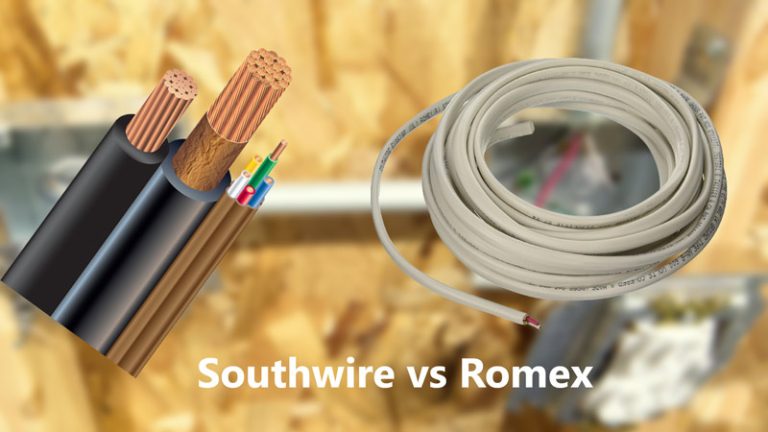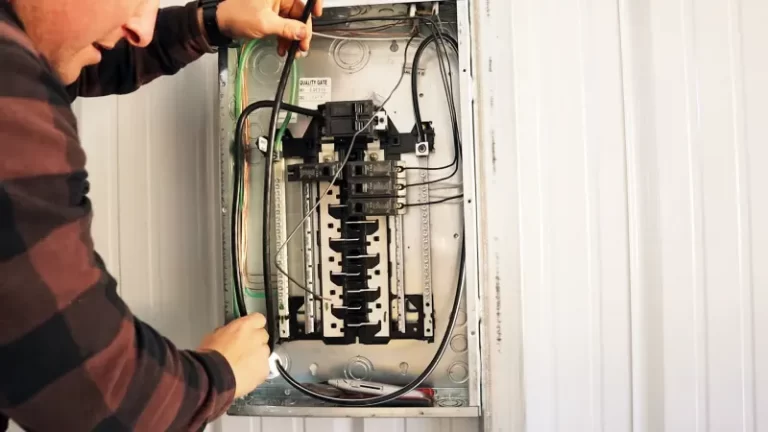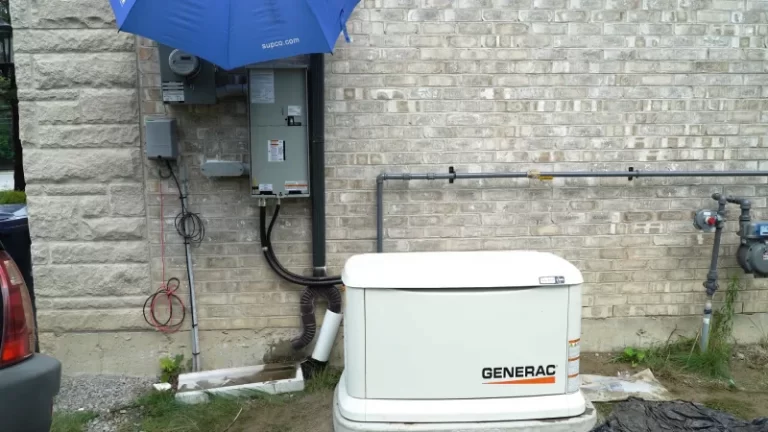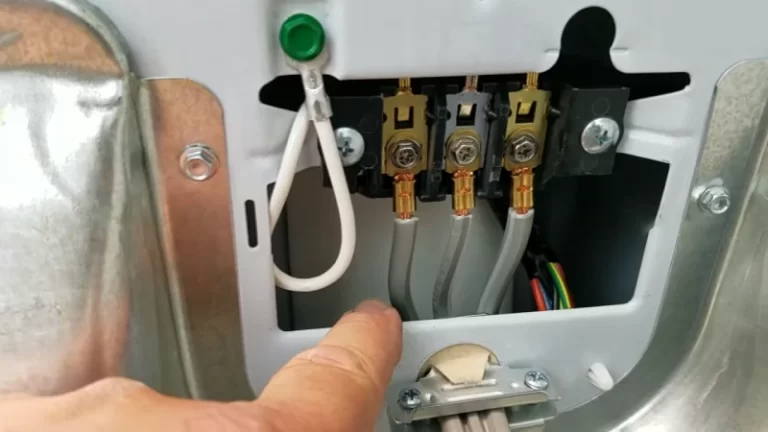Do You Need a Coaxial Cable for Your House? A Comprehensive Guide
When setting up a modern home for internet, TV, or other media services, many people wonder whether they need coaxial cables. The answer depends on various factors, including the type of services you plan to use, the infrastructure of your home, and the technology available in your area.
This guide will help you understand the role of coaxial cables, their alternatives, and how to make an informed decision about whether you need them in your home.
You'll Learn About
Understanding Coaxial Cables
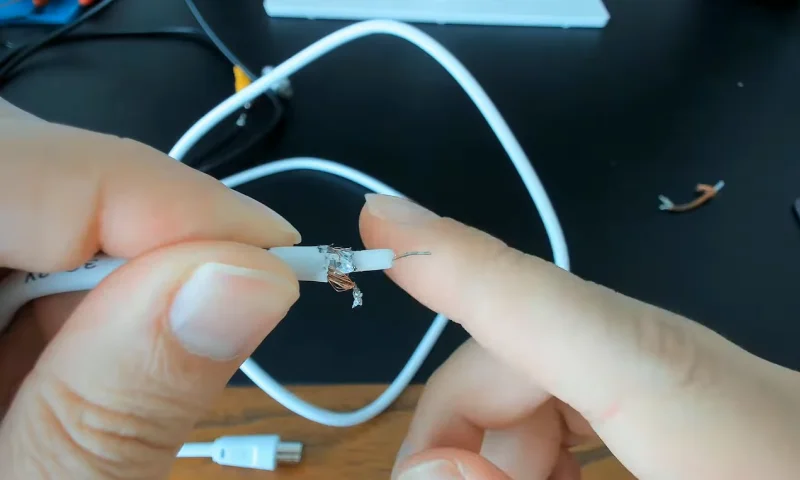
1.1 What is a Coaxial Cable?
A coaxial cable, often referred to simply as “coax,” is a type of electrical cable that transmits radio frequency (RF) signals. It is composed of an inner conductor surrounded by a tubular insulating layer, a metallic shield, and an outer insulating layer. This design allows it to carry high-frequency signals with low interference and signal loss.
1.2 Common Uses of Coaxial Cables
Coaxial cables have been widely used for various applications, including:
- Cable Television (CATV): Delivering television signals to homes.
- Internet Services: Providing broadband internet through cable modems.
- Satellite TV: Connecting satellite dishes to receivers.
- Home Networking: Certain home networking solutions, such as MoCA (Multimedia over Coax Alliance), use coaxial cables.
Do You Need Coaxial Cables?

2.1 Determining Your Needs
Whether you need coaxial cables depends on the specific services and technologies you plan to use. Here are some scenarios to consider:
Scenario 1: Cable Television
If you plan to subscribe to a traditional cable television service, you will likely need coaxial cables. Cable TV providers typically use coaxial cables to deliver signals to set-top boxes or directly to televisions.
Scenario 2: Internet Services
For internet services, the need for coaxial cables depends on the type of internet connection:
- Cable Internet: Requires coaxial cables to connect the cable modem to the service provider’s network.
- Fiber Optic Internet: Uses fiber optic cables instead of coaxial cables. In this case, you do not need coaxial cables for the primary connection.
- DSL (Digital Subscriber Line) Internet: Uses telephone lines rather than coaxial cables.
- Fixed Wireless and Satellite Internet: May not require coaxial cables, depending on the equipment used.
Scenario 3: Streaming and Smart Home Devices
If you rely primarily on streaming services (e.g., Netflix, Hulu, Amazon Prime) and smart home devices, you might not need coaxial cables at all. These services typically use Wi-Fi or Ethernet connections.
2.2 Home Infrastructure
The existing infrastructure of your home also plays a role in determining the need for coaxial cables. Older homes might already have coaxial cable installations, making it easier to use services that require them. Newer homes might be pre-wired with Ethernet or fiber optic cables, reducing the need for coaxial connections.
Alternatives to Coaxial Cables
3.1 Ethernet Cables
Ethernet cables (Cat5e, Cat6, etc.) are commonly used for wired internet connections. They offer high-speed data transfer and are essential for connecting routers, switches, and devices in a wired network setup.
3.2 Fiber Optic Cables
Fiber optic cables use light to transmit data, offering extremely high speeds and bandwidth. They are increasingly being used for internet connections, particularly in areas with fiber-to-the-home (FTTH) infrastructure.
3.3 Wireless Solutions
Wireless technologies, such as Wi-Fi, eliminate the need for physical cables. Modern Wi-Fi routers provide high-speed internet access throughout the home, making it possible to connect multiple devices without the need for extensive cabling.
3.4 Powerline Adapters
Powerline adapters use the existing electrical wiring in your home to transmit data. They are an alternative for extending network connections without running new cables.
Setting Up Your Home Without Coaxial Cables
4.1 Internet Setup
If you do not need coaxial cables for your internet service, you can use the following setup:
- Modem/Router: If you have fiber optic or DSL internet, connect the modem/router provided by your ISP (Internet Service Provider) using the appropriate cable (fiber or telephone line).
- Wi-Fi: Set up a Wi-Fi network for wireless connectivity. Ensure the router is centrally located for optimal coverage.
- Ethernet: For devices requiring stable and high-speed connections (e.g., gaming consoles, desktop computers), use Ethernet cables to connect them directly to the router.
4.2 TV and Media Services
For TV and media services without coaxial cables, consider:
- Streaming Devices: Use devices like Roku, Apple TV, Amazon Fire Stick, or smart TVs that connect to your Wi-Fi network to access streaming services.
- Streaming Services: Subscribe to streaming services that offer live TV, movies, and shows (e.g., Hulu Live TV, YouTube TV, Sling TV).
4.3 Home Networking
For a robust home network without coaxial cables:
- Mesh Wi-Fi Systems: These systems use multiple nodes to provide seamless Wi-Fi coverage throughout your home.
- Ethernet Wiring: If your home is pre-wired with Ethernet, use these connections for high-speed internet in different rooms.
- Powerline Adapters: Use powerline adapters to extend your network to areas with weak Wi-Fi signals.
Implications of Not Having a Coaxial Cable
The absence of a coaxial cable can have significant implications for accessing television services, internet connectivity, and communication channels.
While alternative solutions exist, such as streaming services, different internet technologies, and mobile communication devices, they may not always offer the same level of convenience or reliability.
Adapting to the challenges posed by the lack of coaxial cables may require a combination of technological innovation and lifestyle adjustments.
Limited Television Access
Dependence on Streaming Services
Without a coaxial cable, traditional cable television services become inaccessible. This limitation may lead individuals to rely solely on streaming platforms for entertainment. Streaming services like Netflix, Hulu, and Amazon Prime Video offer a vast array of content accessible via the internet, providing an alternative to cable TV.
Loss of Live Broadcasts
Coaxial cables facilitate the transmission of live broadcasts, including news, sports events, and special programs. Without access to cable TV, individuals may miss out on real-time coverage and updates.
They may need to resort to online news portals or social media platforms for information, which might not always offer the same immediacy or comprehensiveness.
Restricted Internet Connectivity
Alternative Internet Technologies
Coaxial cables often serve as the conduit for high-speed internet connections, particularly in cable internet services. In the absence of coaxial cables, individuals may need to explore alternative internet technologies.
Such as fiber optics, DSL (Digital Subscriber Line), or fixed wireless connections. These alternatives vary in availability and speed depending on geographic location and infrastructure development.
Impact on Online Activities
Limited internet connectivity can disrupt various online activities, including streaming, gaming, remote work, and communication.
Slower connection speeds or unreliable connections may hinder productivity and entertainment experiences. Individuals may need to adjust their online habits or seek out public Wi-Fi hotspots to access the internet temporarily.
Communication Challenges
Disrupted Telecommunication Services
Coaxial cables also play a role in telecommunication services, such as landline phones and VoIP (Voice over Internet Protocol) systems.
Without access to coaxial cables, individuals relying on these services may experience disruptions in communication. They may need to resort to mobile phones or alternative communication platforms like messaging apps and video conferencing tools.
Potential for Isolation
In extreme cases, the absence of coaxial cables could lead to social isolation, particularly for individuals heavily reliant on telecommunications for maintaining connections with friends, family, or professional contacts.
Lack of access to reliable communication channels may exacerbate feelings of loneliness and disconnect from the broader community.
Conclusion
Whether you need coaxial cables in your home depends on the services you plan to use and your home’s infrastructure. While coaxial cables are essential for certain TV and internet services, many modern alternatives can provide high-speed and reliable connections without them.
Coaxial cables are essential for connecting devices like TVs, modems, and antennas. While newer technologies like fiber optics are gaining popularity, coaxial cables remain a reliable choice for many households. Assess your connectivity needs to determine if coaxial cables are right for you.
If you’re working on home wiring, you might also find our guides on running power to a gazebo and identifying a 3-wire dryer cord useful. Additionally, troubleshooting issues like no power to the Y1 wire on a Nest thermostat can help you maintain your home’s electrical systems.

